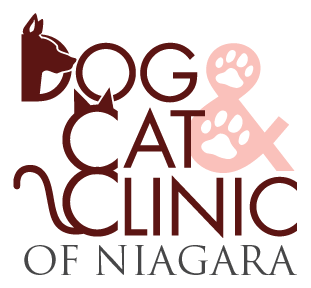Educational Articles
-
Palliative medicine is care that is delivered as a cat approaches the end of life. The first step in creating a palliative care plan is to discuss with your veterinarian the expected course of the disease and how it will affect your cat's quality of life. Once a cat's daily life activities have been identified, it is important to define family beliefs, family needs as care unfolds, and the goals for the cat as death approaches. An essential part of establishing goals of palliative therapy is understanding the expected course of the life-limiting disease. Knowledge about disease allows for the development of a personalized palliative care plan.
-
A Penrose drain is a latex tube placed into a wound with one or two ends exiting the skin to passively remove unwanted fluid, usually from abscesses or open wounds. This handout provides post-operative wound care instructions for cats sent home with a Penrose drain.
-
Monitoring your pet is important to his health. This handout discusses the use of trackers and apps to monitor your dog's activity level and overall mental and physical health.
-
This handout discusses the dangers of laundry and dishwasher detergent pods in dogs and cats. Consumption of detergent in any form is dangerous for cats and dogs. Signs of pod exposure include irritation of skin, eyes, and mouth as well as more serious gastrointestinal and respiratory signs that require prompt veterinary medical attention. Learning to recognize and prevent pod exposure will help keep pets safe.
-
It is not difficult to find your pet the extra care they may need if you have a busy schedule or are traveling. With the excellent pet sitter options available today, having a pet at home does not mean you cannot take a vacation every once in a while. Be sure to interview any potential sitters and use trusted friends, your vet, or online resources when looking for sitters. Hiring a pet sitter for your pet may be like a vacation for them as well!
-
Plaque forms on teeth shortly after eating and within 24 hours begins to harden, eventually turning into tartar. Tartar serves as a place for bacteria to grow, leading to gingivitis. As gingivitis worsens, periodontal disease develops, which includes inflammation, pain, and tooth loss. Prevention of plaque and tartar build-up is key. Use VOHC-accepted food and/or water additives, wipe or brush your cat's teeth daily, and have your veterinarian perform regular dental cleanings.
-
This handout explains post-vaccination sarcomas (also called injection-site sarcomas) in cats. They are a rare consequence of vaccine injections (and other drugs or materials) that can cause a very aggressive form of cancer at the site of the injection. The incidence of this condition, as well as precautions you and your veterinarian can take, are highlighted.
-
Preanesthetic bloodwork is an important step in the evaluation of pets undergoing anesthesia or surgical procedures. Bloodwork can help diagnose a variety of internal disorders, many of which could negatively affect your pet's anesthetic and surgical safety. By diagnosing and treating any underlying medical disorders before surgery/anesthesia, your veterinarian can make anesthesia as safe as possible for your pet.
-
Telemedicine is the act of practicing medicine from a distance and your appointment will be conducted by a licensed veterinarian. Before your appointment, gather information on your pet’s history and your current concern. Look at a calendar and write down a timeline of your pet’s problems. Be prepared to answer questions that you would normally be asked at an in-person appointment. Write notes to help you remember everything. Most telemedicine appointments involve the use of some type of video chat. Conduct your visit in a quiet area with good lighting and have your pet with you before the call starts. Not all concerns can be addressed through telemedicine. If your veterinarian is unable to arrive at a diagnosis via telemedicine, he or she can help you determine the next step for your pet to ensure that he or she receives optimal care.
-
Preparing your cat to travel to the vet is one of the most important investments you can make during the lifespan of your cat. Cats should visit the veterinary hospital at least once yearly. The smoother the experience goes, the least amount of stress both you and your cat will experience.

